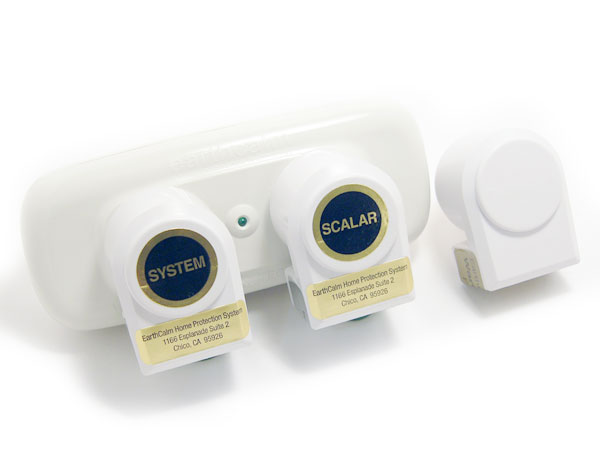The health consequences of 5G radiation are still being debated, but one study has suggested the connection between RF radiation and the development of cancers in male rats. The study was classified before it was removed in 2012 by the Central Intelligence Agency, but it demonstrates that radiofrequency could trigger cancerous growth in animal, and even humans. In the study, researchers subjected male animals to radiation for 15 days and discovered that they developed same kinds of cancers that human beings do.
The health effects of 5G radiation
Although the rapid growth of wireless communications is causing the development of 5G technology however, there is a growing concern regarding the health effects of 5G radiation. While the higher frequencies may not penetrate the body as deeply as the older technology, researchers have identified potential effects on the system and are calling for further research. To ensure that the population is protected, the European Commission is requesting independent studies to determine if the technology poses any health risks.
It is vital to realize that there is a significant amount of misinformation regarding the health implications of 5G and it is crucial to dispel any doubts that remain. While the technology is not yet widespread but there are a lot of people who are being warned that it might cause health problems mostly via social media where sexy use of language is commonplace.
Beamforming technique
Beamforming is one of the most important technologies for the 5G wireless networks. It is a technique that makes use of several radiating elements to produce narrow beams. The aim of beamforming is to limit the amount of unwanted radiation in the resultant signal. This method is typically employed in wireless communication systems, and is vital to 5G's low-cost coverage.
5g towers radiation involves electronically weighting the individual signals from each antenna. This produces the narrow beam of radiation that enhances coverage of cell phones indoors as well as around cell edges. 5g towers radiation is vital as poor coverage can lead to low user satisfaction. Apart from improving the signal beamforming reduces the amount of interference that a user experiences from other devices.

Power density
The intensity of 5G radiation coming from cell towers will be similar to that of previous generations of 4G and 3G systems. One reason behind the low power density is the electrical components' sensitivity. The maximum radiation output for a 2G handset was about 2 Watts. The output of a 4G handset was about 200 milliwatts.
The power density is how much electromagnetic energy is absorbed by the body at a certain distance. Power density for radiation 5g is usually measured in the watts per square meters. Contrary to the SAR measurement it is an actual measurement of the amount of electromagnetic energy within an area. The limits for power density are different for wearables and mobile devices dependent on their operating frequency and distance.

Specific absorption
The Specific Absorption Ratio (SAR) can be described as a parameter that determines the speed at which a particular frequency depositions power in human tissues. In generally, Visit this website should not exceed two watts per kilogram of body mass. The SAR value is calculated by the electrical field in tissues as well as the mass density, which is measured by kilograms of mass per cubic millimeter. 5g radiation poisoning was recent applied to the proposed antenna design.
The latest radio technology which comprise the network 5G work on frequencies that are less than 6 GHz. These frequencies are referred to in millimeter waves. However according to the FCC's SAR compliance program is only applicable to frequencies up to 6 GHz. In addition to that, the SAR test requires that measurements are conducted in phantoms containing tissue simulating media.
Skin health effects
Currently, we know very little about the impacts of 5G radiation in the body. The current knowledge is limited because of the absence of in-vivo experiments and theoretic models. There is however an urgent need for more studies of the effects of 5G radiofrequency radiation on human skin. Using 5G radio frequencies can cause damage to the skin, especially to the epidermis, one of the most sensitive parts.
Unlike 4G, 5G radiation is a high frequency that has been found to cause heat to human tissues. The human body is dipolar, and the higher frequency of radio waves from 5G can cause heat to the skin. Exposure to radio frequencies of 5G may also affect other organs in the body, such as the brain.
